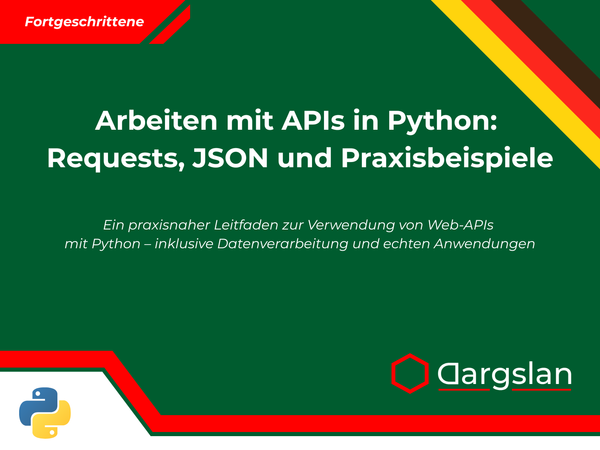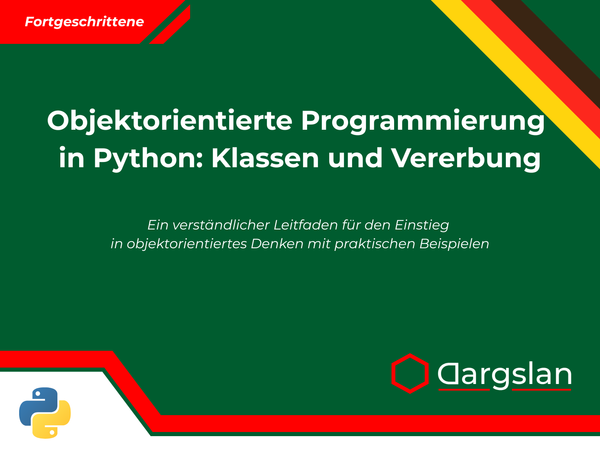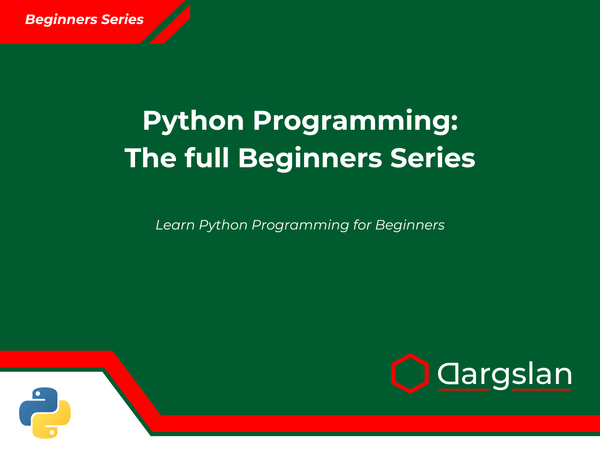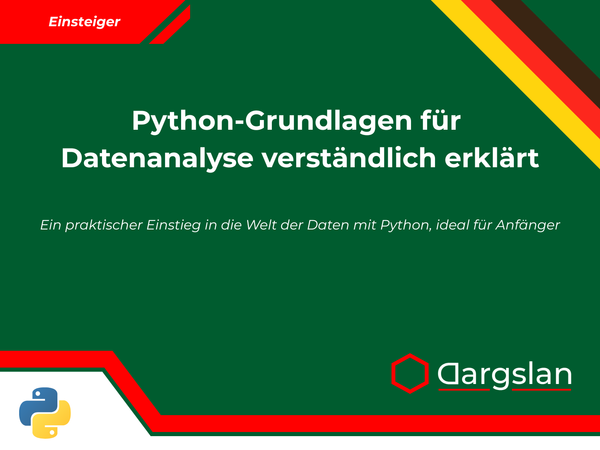Book Review: Python Functions Step by Step

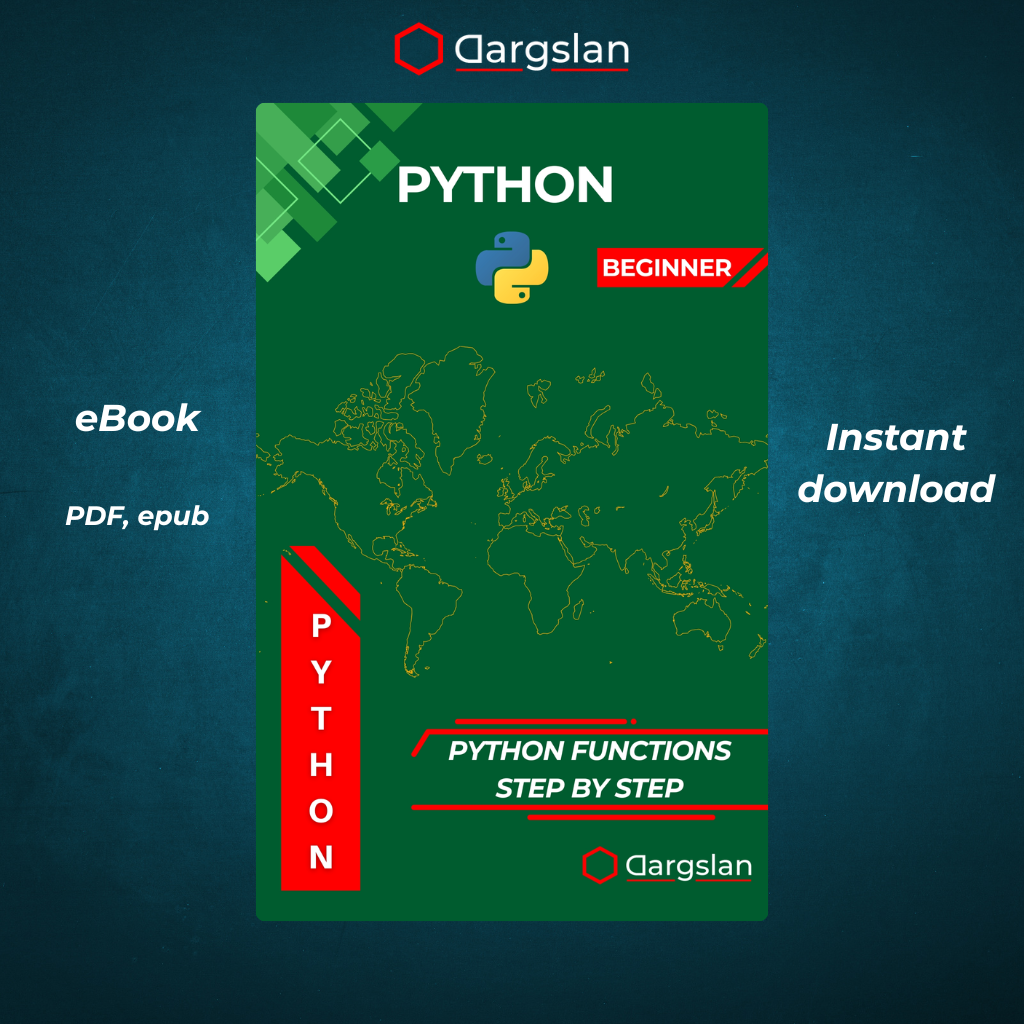
Python Functions Step by Step
Learn to Write Reusable and Clean Python Code Using Functions with Practical Examples
Python Functions Step by Step: A Comprehensive Guide to Clean and Reusable Code
Executive Summary
"Python Functions Step by Step" is an exceptional learning resource that systematically guides readers through the world of Python functions—from basic concepts to advanced implementations. Author Dargslan expertly balances theoretical knowledge with practical application, making this book invaluable for Python programmers at all skill levels. With its well-structured approach and emphasis on real-world examples, this guide stands out as an essential reference for anyone looking to master one of Python's most powerful features.
Introduction: Why This Book Matters
In today's programming landscape, writing efficient, maintainable code is more important than ever. Functions—the building blocks of modular programming—are essential tools for achieving these goals in Python development. "Python Functions Step by Step" addresses this critical aspect of programming with remarkable clarity and depth.
The book arrives at a perfect time when Python continues to dominate as one of the world's most popular programming languages. Whether you're developing data analysis tools, web applications, or automation scripts, mastering functions is non-negotiable for writing professional-grade Python code.
Book Structure and Content Overview
Spanning ten comprehensive chapters and four practical appendices, this book presents a logical progression from fundamental concepts to advanced techniques. Let's explore what each section offers:
Chapter 1: What Is a Function and Why Use It?
The journey begins with a thorough introduction to functions and their purpose in programming. This chapter lays crucial groundwork by explaining:
- The fundamental concept of functional programming
- How functions enhance code reusability
- The DRY (Don't Repeat Yourself) principle
- Benefits of modular code organization
- Real-world analogies that clarify function concepts
This introductory chapter effectively establishes why functions matter before diving into implementation details.
Chapter 2: Creating Your First Function
Chapter 2 provides a hands-on introduction to function creation, covering:
- Basic function syntax and definition
- The
defkeyword and function naming conventions - Simple function examples with step-by-step explanations
- How to call functions in different contexts
- Common beginner mistakes and how to avoid them
The author excels at making these foundational concepts accessible through clear examples and straightforward explanations.
Chapter 3: Parameters and Arguments
This critical chapter explores the mechanisms for passing data to functions:
- Differences between parameters and arguments
- Positional vs. keyword arguments
- Default parameter values
- Variable-length argument lists (
*argsand**kwargs) - Parameter passing mechanisms
- Type hinting for better code documentation
The comprehensive treatment of this topic provides readers with a complete understanding of Python's flexible parameter system.
Chapter 4: Return Values and Expressions
Chapter 4 delves into how functions process and return data:
- Single and multiple return values
- Return value unpacking
- Using expressions in return statements
- Function composition (using one function's output as another's input)
- Common patterns for handling return values
- The difference between returning values and side effects
This section equips readers with techniques for creating functions that effectively process and deliver results.
Chapter 5: Scope and Lifetime of Variables
The author expertly navigates the often-confusing topic of variable scope:
- Local vs. global scope
- The LEGB rule (Local, Enclosing, Global, Built-in)
- Variable lifetime and garbage collection
- The
globalandnonlocalkeywords - Closures and their applications
- Avoiding common scope-related pitfalls
This thorough treatment helps readers understand Python's execution environment and avoid subtle bugs related to variable scope.
Chapter 6: Built-in Functions and the Standard Library
Chapter 6 introduces readers to Python's rich ecosystem of pre-built functionality:
- Essential built-in functions (
map,filter,zip, etc.) - Standard library modules relevant to functional programming
- When to use built-ins versus custom functions
- Function-related utilities in the
functoolsmodule - Practical examples demonstrating built-in function applications
This section expands readers' toolkits and demonstrates how to leverage Python's existing capabilities.
Chapter 7: Lambda Functions (Anonymous Functions)
The book provides excellent coverage of Python's compact lambda functions:
- Syntax and limitations of lambda expressions
- Appropriate use cases for anonymous functions
- Combining lambdas with built-in functions
- Lambda functions in data processing
- Performance considerations
- Lambda alternatives when complexity increases
The author strikes a good balance between showing lambda's utility while acknowledging its limitations.
Chapter 8: Higher-Order Functions and Functional Tools
This advanced chapter explores functional programming concepts:
- Functions as first-class objects
- Function factories and decorators
- Partial functions and currying
- Map-reduce paradigms in Python
- Creating and composing higher-order functions
- Functional programming libraries (e.g.,
toolz)
The material presents complex concepts clearly, making functional programming accessible even to those without prior exposure.
Chapter 9: Organizing Code with Functions
Chapter 9 addresses practical application of functions in larger codebases:
- Function organization strategies
- Creating function libraries and modules
- Documentation best practices
- Testing functions effectively
- Refactoring code into functions
- Function design principles
This section bridges the gap between understanding functions and using them effectively in real projects.
Chapter 10: Practice Projects and Challenges
The final chapter provides hands-on learning opportunities:
- Complete, well-designed projects applying function concepts
- Graduated difficulty challenges
- Data analysis, web scraping, and automation examples
- Step-by-step solutions with explanations
- Extension exercises encouraging experimentation
- Guide for applying functions to readers' own projects
This practical component reinforces theoretical knowledge through application.
Appendices: Additional Resources
The book includes four valuable appendices:
- Function Syntax Cheat Sheet: A quick reference guide covering all syntax variations
- Common Function Errors (and Fixes): Troubleshooting guide for function-related issues
- Function Naming Best Practices: Guidelines for creating clear, effective function names
- Exercises with Solutions: Additional practice with detailed explanations
These supplementary materials enhance the book's value as both a learning tool and reference resource.
Target Audience and Accessibility
"Python Functions Step by Step" successfully caters to multiple audience segments:
- Beginners will appreciate the clear explanations, gradual buildup of concepts, and abundant examples
- Intermediate programmers will benefit from the deeper dive into functional programming techniques
- Advanced developers will find value in the best practices, optimization tips, and refactoring strategies
The writing style remains accessible throughout, with technical concepts explained in plain language without oversimplification. Code examples are consistently well-commented and follow modern Python conventions, making them easy to understand and adapt.
Pedagogical Approach
The book's teaching methodology stands out through several effective techniques:
- Progressive complexity: Concepts build logically upon previous material
- Real-world relevance: Examples demonstrate practical applications rather than academic exercises
- Visual learning aids: Diagrams illustrate complex concepts like scope and function relationships
- Pattern recognition: Common patterns are identified to help readers develop good instincts
- Problem-solving emphasis: Challenges encourage active learning and creative thinking
The consistent "show, explain, practice" pattern reinforces learning effectively throughout each chapter.
Strengths and Highlights
Several aspects of this book deserve particular praise:
- Comprehensive coverage: The book leaves no major function-related topic unexplored
- Practical focus: Examples relate to genuine programming scenarios
- Modern Python: Code follows current best practices and Python 3 conventions
- Clear explanations: Complex concepts are broken down into digestible components
- Error prevention: Common mistakes are highlighted with prevention strategies
- Holistic approach: Functions are presented within the broader context of good program design
The author's expertise is evident in the selection of topics and the natural progression from basics to advanced concepts.
Who Should Read This Book
This book is an excellent resource for:
- Python beginners looking to move beyond basic syntax to writing better code
- Self-taught programmers wanting to fill gaps in their functional programming knowledge
- Computer science students supplementing their coursework
- Professional developers transitioning to Python from other languages
- Data scientists seeking to write more efficient, maintainable analysis code
- Automation specialists building robust, reusable scripts
Essentially, anyone serious about writing quality Python code will find substantial value in this comprehensive guide.
Final Verdict
"Python Functions Step by Step" stands as an authoritative, well-structured guide to one of Python's most important features. By combining theoretical understanding with practical application, the book transforms readers from function users to function masters.
The clear explanations, logical progression, and emphasis on best practices make this book not just a learning resource but a reference that programmers will return to repeatedly. For anyone looking to improve their Python programming skills, this book represents an excellent investment in their development journey.
In an increasingly competitive programming landscape, mastery of functions provides a significant advantage—and this book provides the most direct path to achieving that mastery in Python.
Key Takeaways
- Comprehensive coverage of Python functions from basics to advanced topics
- Balanced approach combining theory with practical application
- Accessible to beginners while remaining valuable for experienced programmers
- Emphasis on writing clean, maintainable, and efficient code
- Extensive examples and practice projects reinforcing key concepts
- Valuable appendices providing quick reference materials
Whether you're just starting your Python journey or looking to refine your functional programming skills, "Python Functions Step by Step" delivers exceptional value and practical knowledge that will immediately improve your code quality.

Python Functions Step by Step



